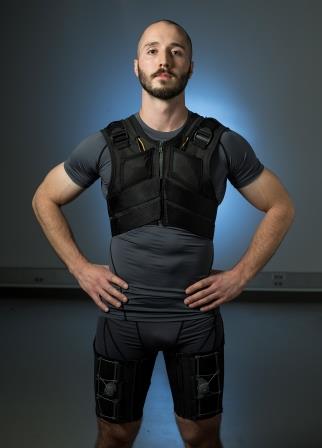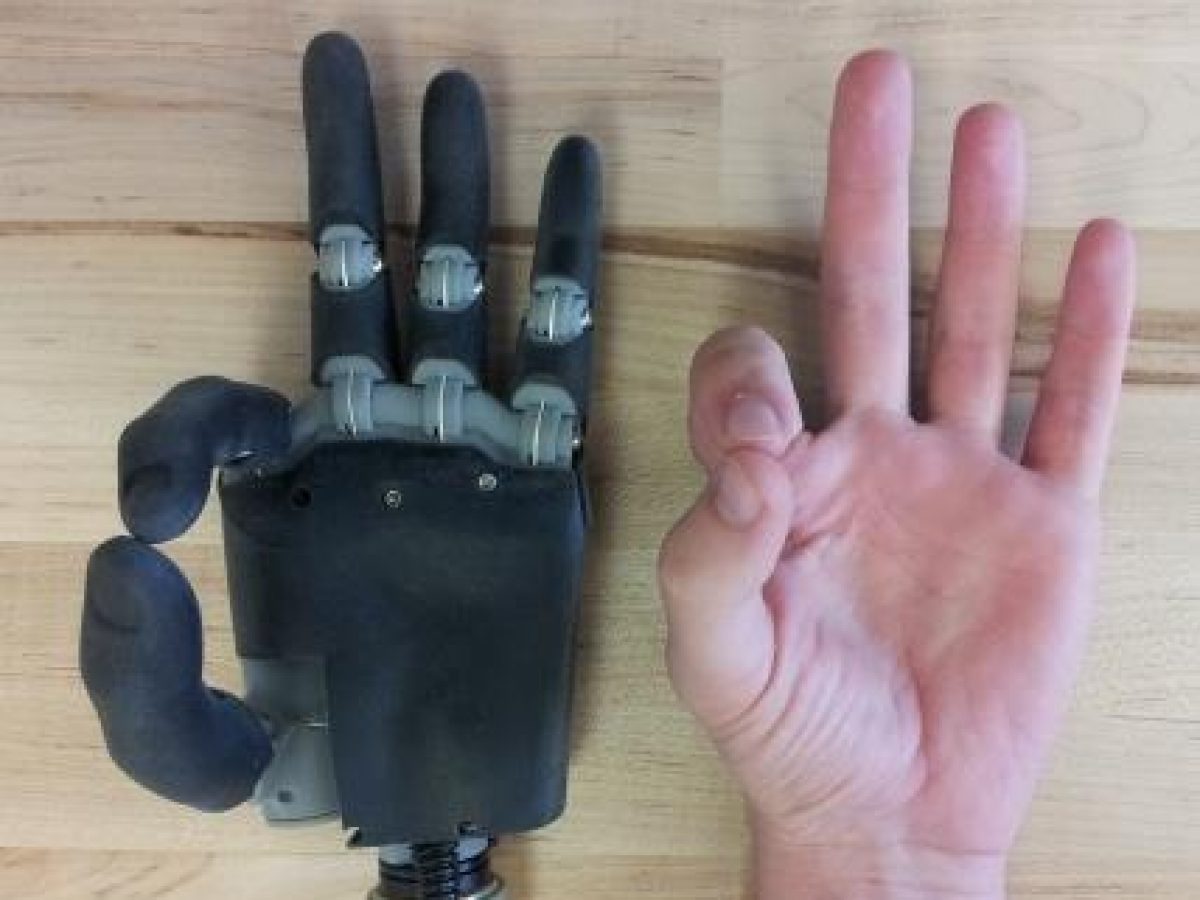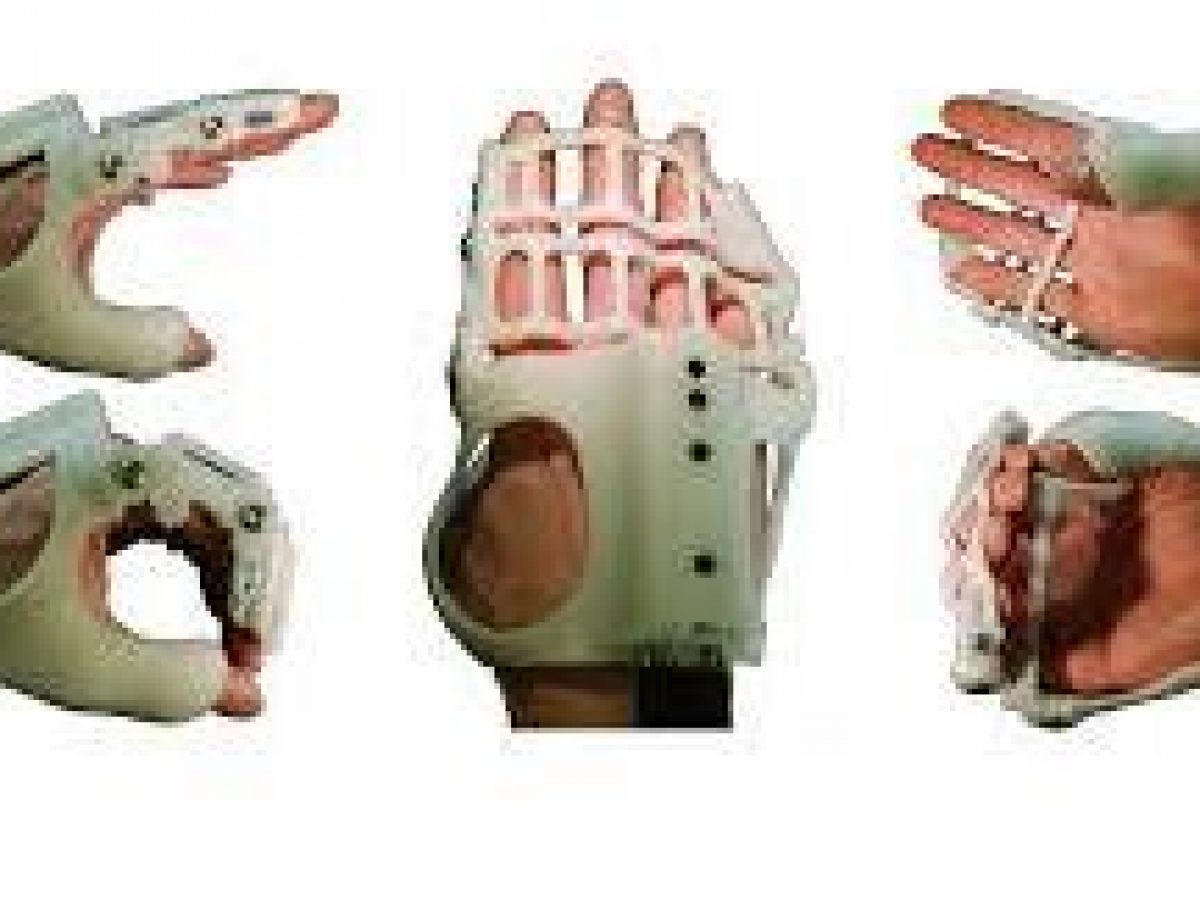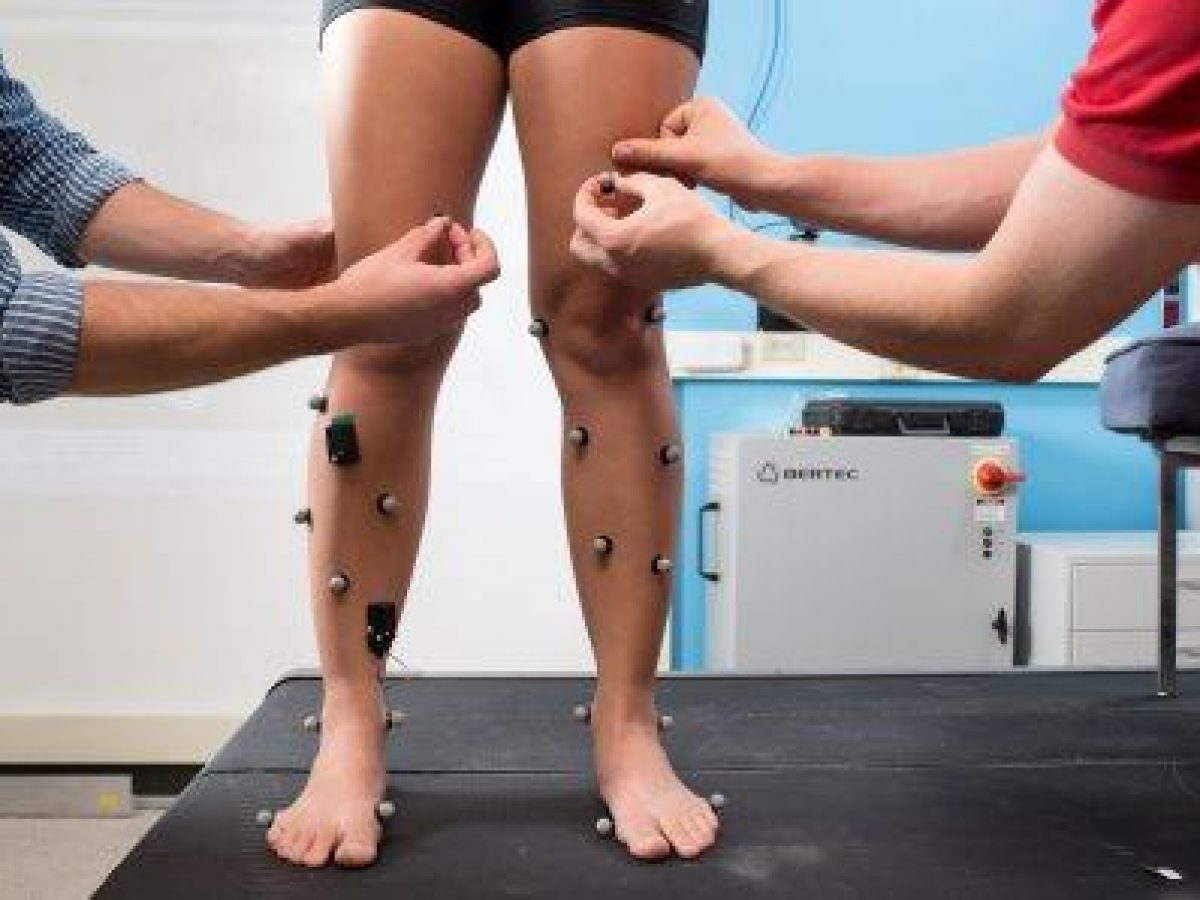Upper Limb Prosthetics
Prosthetic hands (and arms) currently lag far behind biological hands (and arms) in terms of dexterity, control and functional capabilities. These deficits in prosthetic technology can affect the ability of individuals with upper-limb loss to carry out activities of daily living. However, advances in robotics have the potential improve prosthetic hand/arm function, which could enhance their well-being and independence for individuals with upper-limb loss. We are currently working on novel robotic upper-limb prostheses, and innovative new ways to control multi-joint hand and arm prostheses.
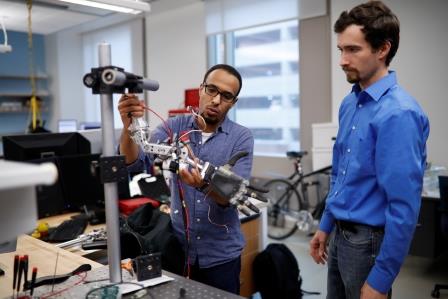
Lower Limb Prosthetics
There are over 1 million individuals with lower-limb loss in the U.S., and millions more worldwide. These individuals experience a variety of mobility- and health-related challenges that restrict quality of life, make daily activities more difficult and which put individuals at increased risk for secondary disorders (e.g., osteoarthritis) and health risks (e.g., injury due to falling). We aim to advance prosthetic foot and leg hardware (powered and passive) through technology development, and prosthetic science through human subject biomechanics experiments, in order to improve health and mobility for individuals with lower-limb loss.
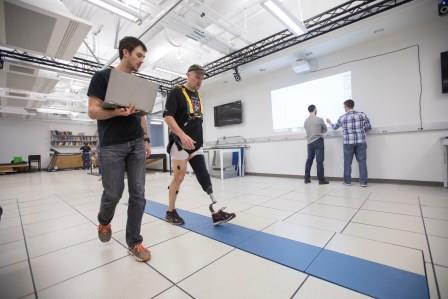
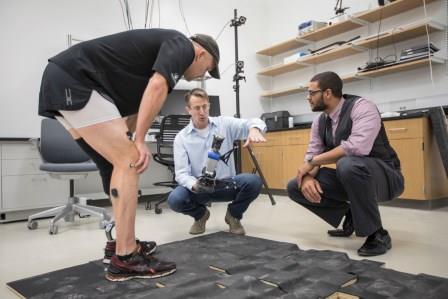
Upper Body Exoskeletons
Stroke victims often suffer from upper-limb motor deficit following stroke. While therapy helps some stroke victims to regain limb function, many are left with a limb with reduced functionality, which can hinder their independence. We develop and investigate actuated upper-limb exoskeletons (powered orthoses) to assist individuals suffering partial or complete paralysis of their arm following stroke. We seek to enhance independence and well-being by empowering these individuals to perform activities of daily living that are bimanual (requiring two hands).

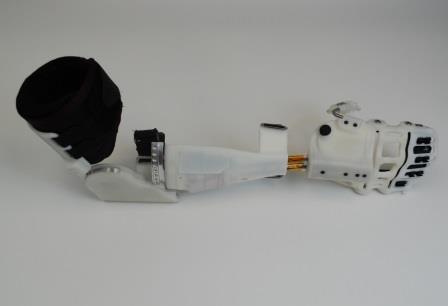
Lower Body Exoskeletons
Robotic exoskeletons offer the exciting potential to enable paralyzed individuals to walk. The Vanderbilt Exoskeleton has been developed to provide gait assistance to stroke and spinal cord injured populations. Clinical evaluations have validated its ability to restore legged mobility to individuals with impaired mobility, including the following functionalities: walking, standing, sit-to-stand, stand-to-sit, stair ascent and descent, and functional electrical stimulation. The Vanderbilt Exoskeleton has been licensed to Parker-Hannifin, FDA-approved and marketed as Indego. Research and development continues here at Vanderbilt to explore new control strategies and implementations to improve user health and mobility.

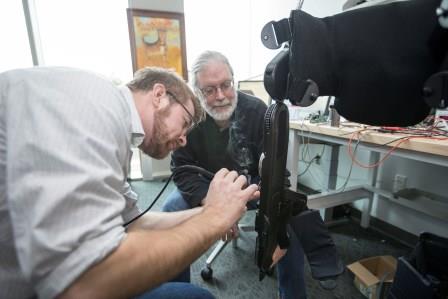
Biomechanics
Biomechanics is the study of motion and force as applied to biological systems. We seek to develop a deeper understanding of biomechanical mechanisms underlying human locomotion by using a combination of motion capture experiments and computational modeling. We then work to translate biomechanical insights into bionic devices that better interface with and augment human movement, in order to restore mobility to individuals with disabilities and to enhance human capabilities beyond natural biological limits.
Wearable Assistive Devices
Over 30 million Americans live with physical disabilities or neurological impairments that jeopardize their mobility and quality of life. Innovative wearable assistive devices could potentially improve the health and mobility of these individuals, but only if properly designed and integrated with the human body. Furthermore, even for healthy individuals, wearable devices (e.g., smart clothing) could be developed to enhance their capabilities beyond normal biological limits, to improve their productivity, or to prevent workplace injuries. We are interested in a broad range of scientific and technical challenges associated with integrating wearable devices with the human body to sense and/or augment movement.
